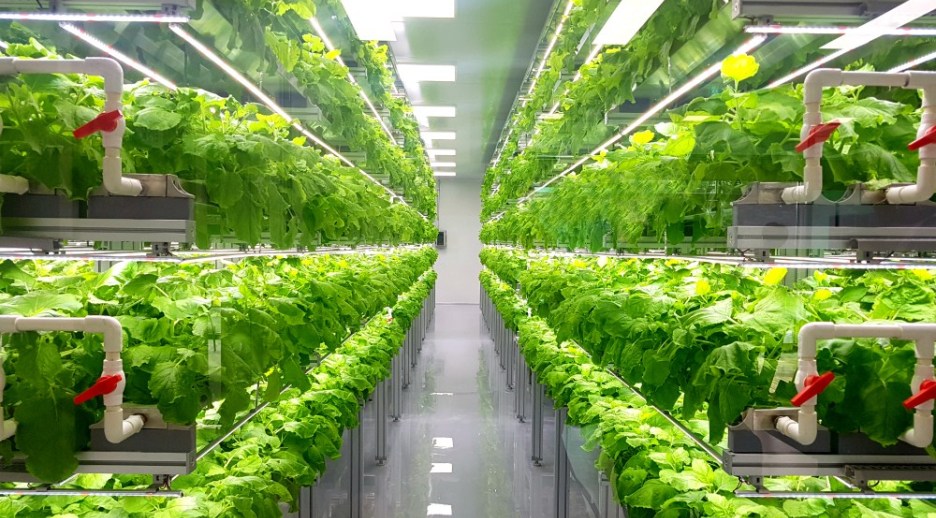In recent times crop production has been a challenging business because the crops are constantly exposed to extreme climate conditions. Climate and weather conditions play an essential role in determining the pace of crop production. When global food security strongly depends on crop production, there is no place for any limitations. Therefore, the search for solutions resulted in farm management practices that involved farming in a controlled environment. Greenhouse farming is done in a controlled environment.
According to experts, greenhouse farming grows crops in sheltered structures covered by a transparent or partially transparent material. The primary purpose is to provide favorable growing conditions and to protect crops from pests and unfavorable weather. In this, there are various types of sheltered structures. The essential elements include Level of farm management technology, Size of the farm, Cover material, Lifespan, Shape of the structure.
Each greenhouse is different from another in terms of Costs, Efficiency of material, Condensation run-off, Heating requirement, The size of the farm, The amount of natural ventilation, The amount of sunlight.
Different structures that are seen in greenhouse farming –
- Glasshouses – structures covered with glass.
- Shade Houses – covered in woven or other material. Gaps are also there that allow air, sunlight, and moisture to pass.
- Screen Houses – covered with screening material that protects extreme climate and pests. Mostly found in tropical or hot areas.
- Crop Top Houses – structures without walls, covered only with a roof.
Advantages of greenhouse farming –
- It helps ineffective management and the risk caused by extreme climate conditions also reduces.
- It optimizes growing conditions.
- Some types of greenhouse farming extend the growing season and even allows the farmers to grow crops outside the growing season.
- It will enable farmers to control crop production, which leads to faster growth and higher yields.
- Experts say it provides opportunities to grow high-quality crops for the export market.
- With limited land resources, it provides the best options.
- It is the best place for the evolution of new varieties and the production of seeds.
Limitations of greenhouse farming –
- It is more suitable on smaller surfaces, and because of this, it is limited to the production of small fruits, herbs, flowers, and vegetables.
- It has a lack of pollination due to the enclosed structure.
- It is an expensive farm practice. The cost of maintenance and construction depends exclusively on on-farm management technology used and the type of greenhouse structure.
Site selection for greenhouse –
- It should be well connected with roads and market.
- In waterlogged areas and areas affected by heavy winds, it should not be built.
- In case of heavy rain or flood, the site should be well-drained.
- The greenhouse should not be constructed near industry.
- Labour is an integral part of the greenhouse so ensure that the availability of labor is there.
History of greenhouse farming –
Research has suggested that since Roman times the idea of growing plants in environmentally controlled areas has existed. During that time, in wheeled carts cucumbers were planted, daily they were put in the sun, they were taken inside to keep them warm at night. Under frames or cucumber houses glazed, they were stored with either oiled cloth or with sheets of selenite.

